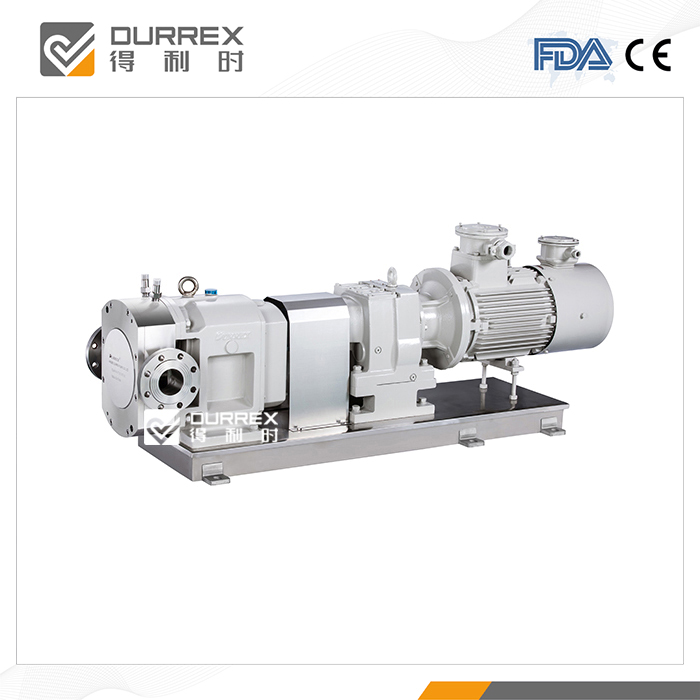The core technology of high-grade locks is controlled by foreign manufacturers.
With the rise in living standards, people's awareness of security has significantly increased, leading to a growing demand for high-end anti-theft locks. According to Luo Baihui, the Chief Information Officer of Jinmoji Power Grid, high-tech lock solutions such as biometric and electronic locks are still in their early stages in the consumer market, but the demand is growing at an annual rate of 40%. In 2012, China's domestic lock market saw over 80 million units of high-tech locks, including biometric and electronic models, making it a highly attractive industry.
However, the core technologies behind these high-end locks are largely controlled by foreign manufacturers. Many key components, such as IC cards, TM cards, and fingerprint recognition systems, are imported, limiting the ability of Chinese manufacturers to expand both in terms of price and performance. As a result, many high-end hotels and commercial buildings still rely heavily on imported locks, with the domestic high-end lock market dominated by foreign brands.
Now is the time for the domestic lock industry to shift towards technology-driven, high-end, and smart lock solutions. To seize this opportunity, lock companies must focus on brand innovation and product differentiation. In recent years, several Chinese lock manufacturers, such as Yantai Sanhuan Lock Industry Group, Shandong Jinfeng Group, and Zhongshan Huafeng Lock Co., Ltd., have started to align with European and American standards, investing in independent research and development. This has led to significant competitive advantages in both domestic and international markets.
At the same time, global lock manufacturers from the U.S., Italy, Germany, Japan, Canada, and South Korea are accelerating their entry into the Chinese market. This has intensified competition in the high-end lock segment, with both local and foreign brands vying for market share. The question now is who will overcome technical challenges first and capture the largest portion of this growing market.
Though a lock may seem simple, it involves over 110 complex manufacturing processes. The lock industry is not just a traditional sector—it is closely tied to advanced technology. Today, lock technology evolves rapidly, and without modern equipment, skilled professionals, and innovative design, companies struggle to stay competitive.
Overall, the Chinese lock industry lags behind its global counterparts, with most manufacturers being small or medium-sized enterprises. Many operate in low-level, redundant production environments, focusing mainly on mechanical locks rather than integrating electronics and automation. This gap poses risks, as many locks have high mutual opening rates and lack sufficient security features, leading to consumer dissatisfaction.
Currently, the competitiveness of many Chinese lock companies is based on low costs, resulting in fierce price wars and shrinking profit margins. Some basic padlocks require dozens of production steps, yet generate only a few cents in profit. Industry experts believe that the sector urgently needs technological upgrades and a shift toward more innovative brand strategies.
For real progress, companies must rethink their approach—move away from imitation, invest in R&D, enhance design capabilities, and focus on patent innovation. Increasing the technological value of products and differentiating them from competitors is essential for long-term success.
In addition, companies should prioritize brand building and implement strategic branding efforts. By doing so, they can capture a larger share of the mid-to-high-end market and drive the industry toward sustainable growth.
Many lock companies are still focused on quick profits and haven’t had the time or resources to build strong brands. Compared to well-established foreign brands with decades of history, Chinese brands are still young and need more time to develop.
The Chinese lock industry is gradually embracing science and technology to move toward high-end and intelligent development. The potential for growth and profitability is immense. Are you still waiting?
As China continues to open up and high-end construction projects grow rapidly, the future of the high-end lock market looks promising. Demand is increasing year by year, and the power of strong brands is beginning to emerge. It’s time to act and take your place in this evolving industry.
Lobe Pumps for Sizing starch in Paper Making
Lobe pumps mainly be used following positions in the paper making industry:
Preparation of starch glue and feeding and conveying of starch.----S.S. lobe pump
Coating preparation and coating feeding and transportation.----S.S. lobe pump
Chemical unloading and chemical addition.----S.S. lobe pump

Rotor pumps in paper making industry, Rotary lobe pumps for paper making, rotor pumps in paper making
NINGBO DURREX PUMPS CO.,LTD , https://www.durrexlobepump.com